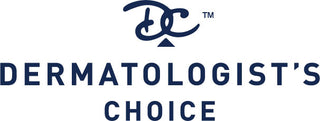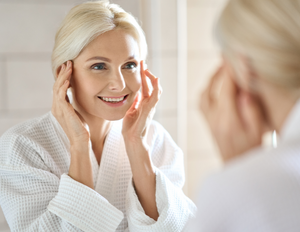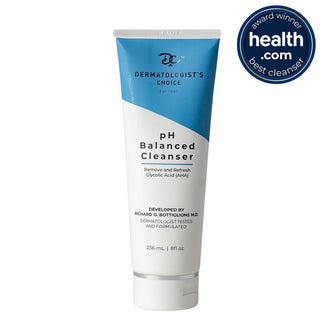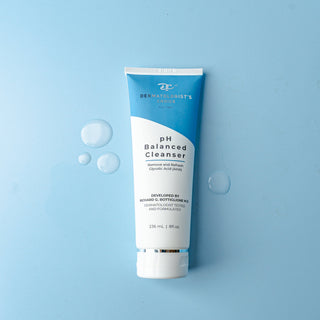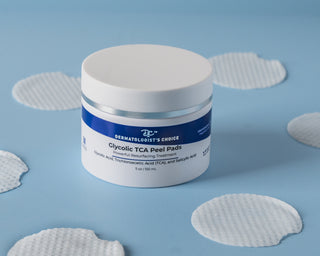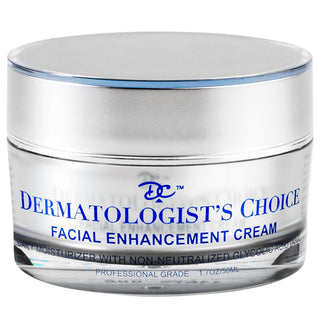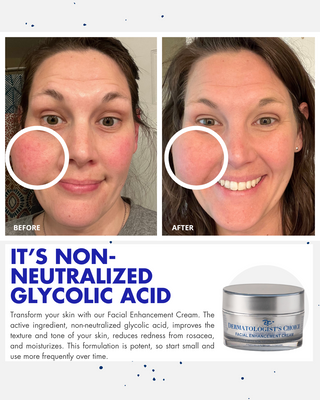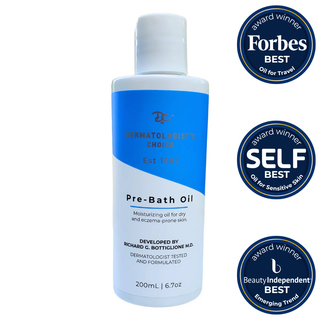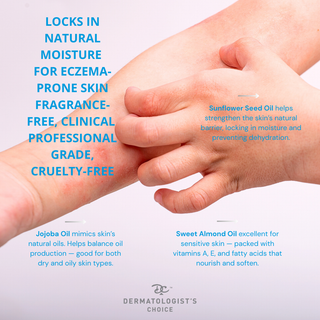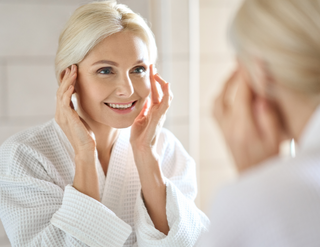
Acne is one of the most common skin concerns among teens—and one of the most misunderstood. While it’s a normal part of growing up, knowing what causes acne and how to treat it properly can make all the difference in keeping skin clear and healthy.
In this article, I’ll explain the different types of acne, what ingredients actually work, how to choose the right skincare products for teen skin, and why the new trend of using anti-aging products at a young age might not be the best approach.
MEET THE EXPERT

What Causes Acne in Teens
Teen acne typically begins when hormones increase oil production in the skin’s sebaceous glands. This excess oil, combined with dead skin cells and bacteria, clogs pores and causes pimples, blackheads, and whiteheads.
But acne isn’t just about hormones—it can also be influenced by:
-
Genetics: Some people are simply more prone to acne due to inherited skin type.
-
Diet: Foods high in sugar and food allergies can sometimes worsen breakouts.
-
Stress: Raises cortisol levels, which can increase oil production and inflammation.
-
Touching the Face or Wearing Tight Gear: Frequent contact or friction from hands, masks, or helmets can trap bacteria and lead to more breakouts.
The Different Types of Acne
Understanding what kind of acne you have helps determine the best treatment approach:
-
Comedonal Acne: Blackheads and whiteheads from clogged pores.
-
Inflammatory Acne: Red, swollen pimples and pustules that are often sore to the touch.
-
Cystic Acne: Deep, painful nodules that can scar if not treated properly.
-
Hormonal Acne: Fluctuates with puberty or menstrual cycles and usually appears along the jawline or chin.
Each type may require slightly different active ingredients—but all benefit from consistent exfoliation and cleansing.
The Best Ingredients to Treat Teen Acne
When treating acne, look for dermatologist-recommended active ingredients that target oil buildup, bacteria, and dead skin cells:
-
Glycolic Acid: One of the most effective exfoliating acids for unclogging pores, smoothing texture, and reducing breakouts. It’s a key ingredient in the Dermatologist’s Choice Ultra Anti-Aging Cream strong exfoliating cream or the mild Facial Enhancement Cream and the Glycolic TCA Peel Pads, which deliver professional results at home.
-
Salicylic Acid: A deep-cleaning BHA that removes oil and debris from inside the pores.
-
TCA (Trichloroacetic Acid): Ideal for improving tone and texture, TCA helps fade acne marks and refine skin’s appearance such as the TCA Advanced Peel Solution roll on, Shop Now.
-
Benzoyl Peroxide: Kills acne-causing bacteria but should be used carefully to prevent dryness. I recommend the Mild Acne Lotion, Shop Now.
When used correctly, these ingredients help maintain balance—reducing oil while preventing new blemishes from forming.
How to Choose the Right Products for Teen Skin
Teen skincare should be simple, consistent, and effective. You don’t need a complicated 10-step routine—just the essentials:
-
Cleanser: Use a gentle, pH-balanced cleanser that removes dirt and oil without stripping the skin. The Dermatologist’s Choice pH Balanced Cleanser is a dermatologist-developed formula with mild glycolic acid to exfoliate and deep clean daily.
-
Treatment: Apply a glycolic acid or TCA-based product at least several nights a week to clear clogged pores and prevent new breakouts. Start with 2-3 days and work up to daily application if skin can tolerate.
-
Moisturizer: Even oily or acne-prone skin needs hydration. Choose a lightweight, non-comedogenic formula like the Ultimate Restorative Hydrating Complex to keep the skin barrier healthy.
-
Sunscreen: Always protect skin from UV damage, which can worsen acne marks and irritation.
The Trend of Teens Using Anti-Aging Products
There’s a growing trend of teens using anti-aging skincare. While the desire to “prevent wrinkles early” is understandable, it’s not necessary (and can even be harmful) for young skin. While there are some overlap of ingredients and treatments that can be beneficial to reduce both signs of aging and acne like glycolic acid and TCA, finding the right strength for your acne is important for long term skin health. Severe acne may be able to tolerate stronger ingredients in aging products. When you're in your teens start with a mild pH Balanced TCA Toning Pads then graduate to the stronger Glycolic TCA Peel Pads in your 20's or 30's if you'd like.
The best “anti-aging” routine for teens is one that builds healthy habits early—like gentle exfoliation, consistent cleansing, and protecting the skin from sun damage.
Dr. B’s Final Advice
Acne can be managed with the right products and a consistent routine. Start simple, stay consistent, and don’t overload your skin with too many actives or trends you see online.
If breakouts become severe or painful, it’s best to visit a dermatologist who can recommend a treatment plan tailored to your skin. With the right approach, clear and confident skin is within reach.
Disclaimer: The skincare articles on Dermatologist’s Choice are intended for educational purposes, providing insights into specific ingredients and skincare topics. Our content is designed to be informative, not to serve as medical advice. Any mention of patient experiences is purely for informational purposes and should not be interpreted as a treatment recommendation. Additionally, any Dermatologist’s Choice products referenced in these articles are formulated for cosmetic use only and are not intended to replace professional medical advice or pharmaceutical treatments. Always consult a physician for personalized skincare recommendations.
